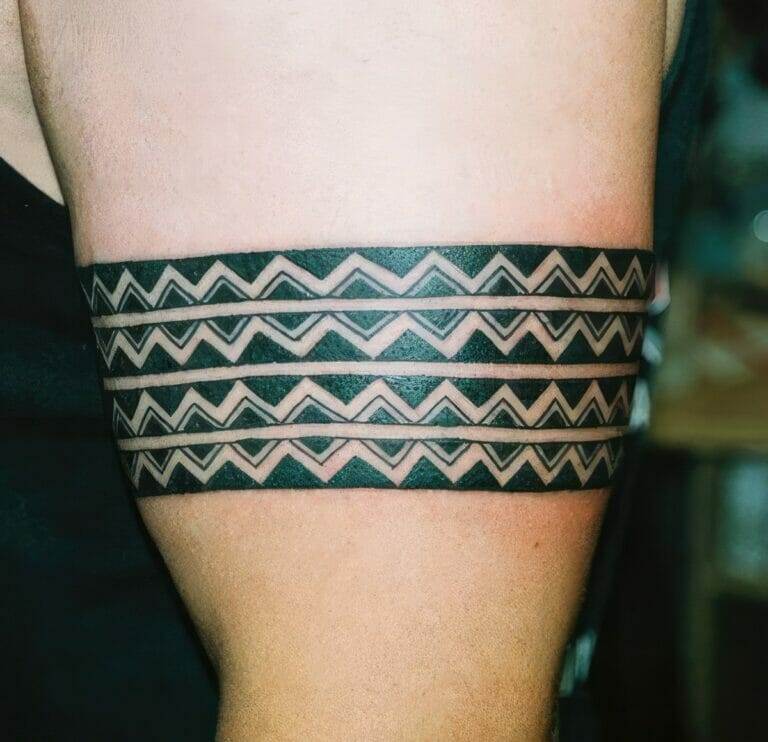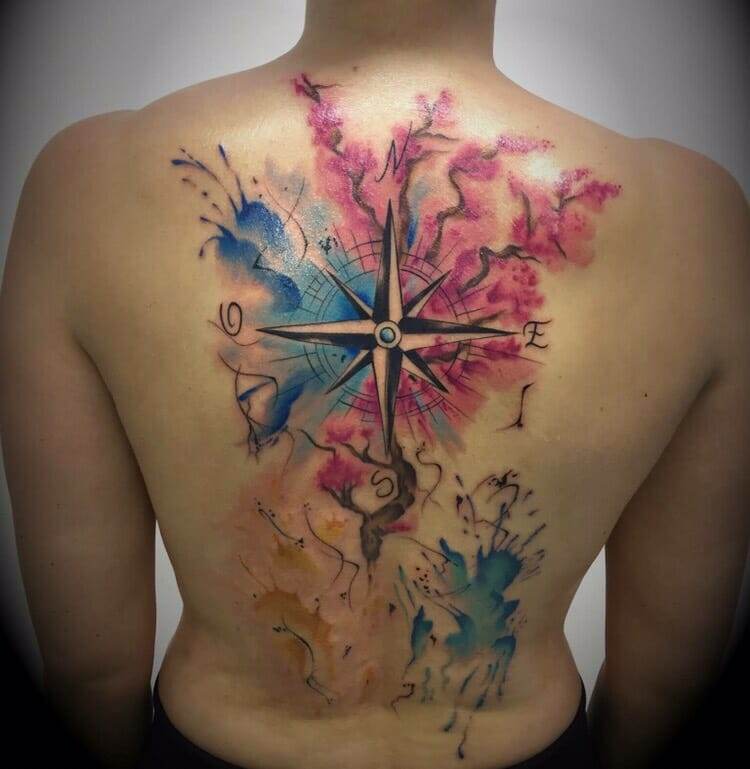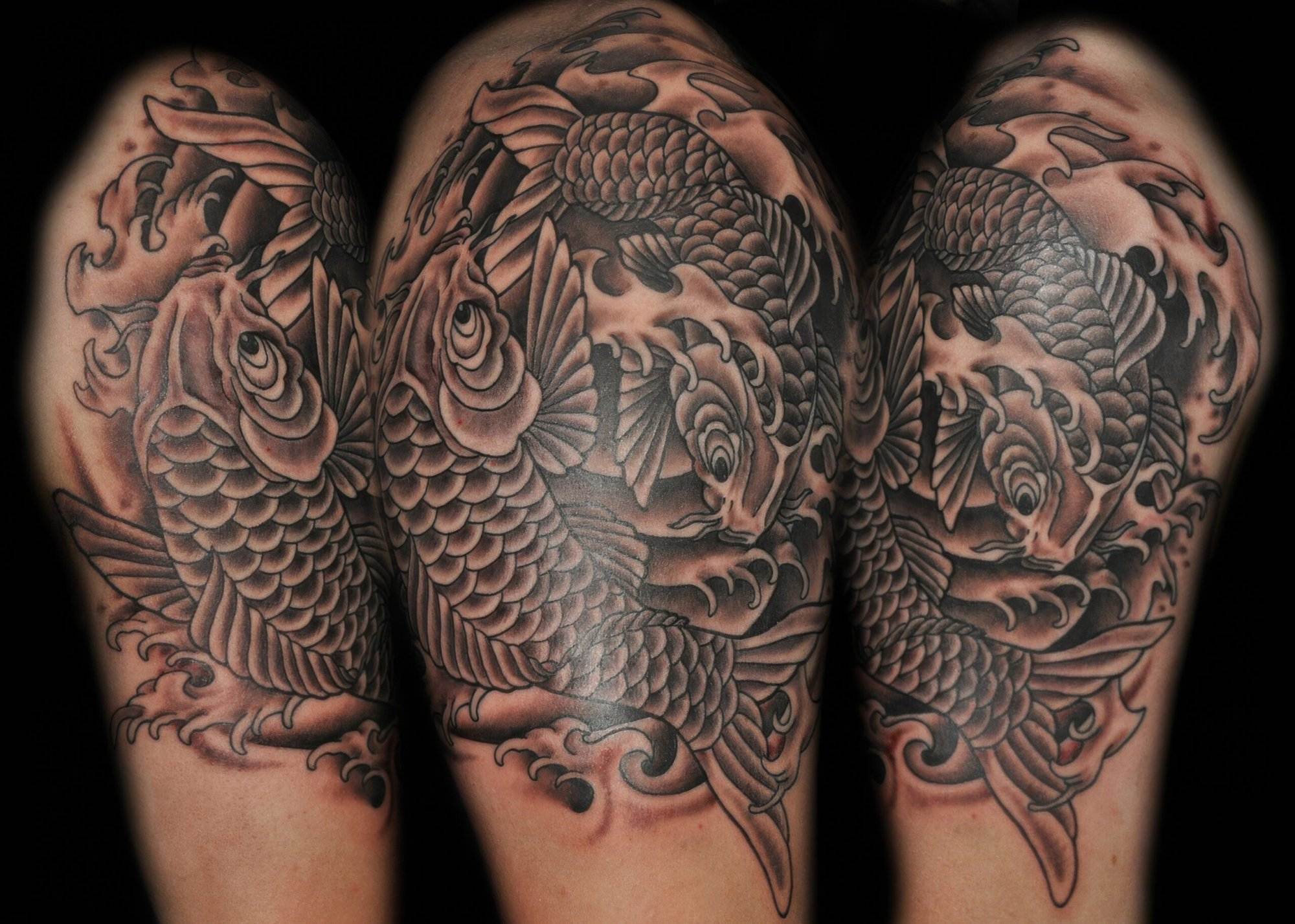
The Basics of Laser Tattoo Removal
Understanding the Laser Technology
Laser tattoo removal utilizes highly focused light beams to target and break down the ink particles embedded in the skin. The technology primarily employs two types of laser systems: Q-switched lasers and picosecond lasers.
- Q-Switched Lasers: These are the most common lasers used in tattoo removal. They deliver short bursts of high-intensity light that shatter the ink into smaller fragments, which can then be naturally eliminated by the body’s immune system.
- Picosecond Lasers: A newer technology, picosecond lasers operate at even shorter pulse durations, making them more effective at targeting stubborn ink colors. This type is often touted for its speed and reduced risk of scarring.
Understanding these technologies is essential for anyone considering laser tattoo removal, as they can significantly impact both the effectiveness and safety of the procedure.
Steps Involved in the Process
The laser tattoo removal process is systematic and involves several key steps to ensure optimal results:
- Consultation: This initial step is crucial. A practitioner will assess the tattoo’s age, size, colors, and location to determine the best treatment plan.
2. Patch Test: A small test spot may be treated to evaluate how the skin reacts to the laser, helping to refine the approach for the actual treatment.
3. Preparation: The area around the tattoo is cleaned, and protective eyewear is provided to shield the eyes from the laser light.
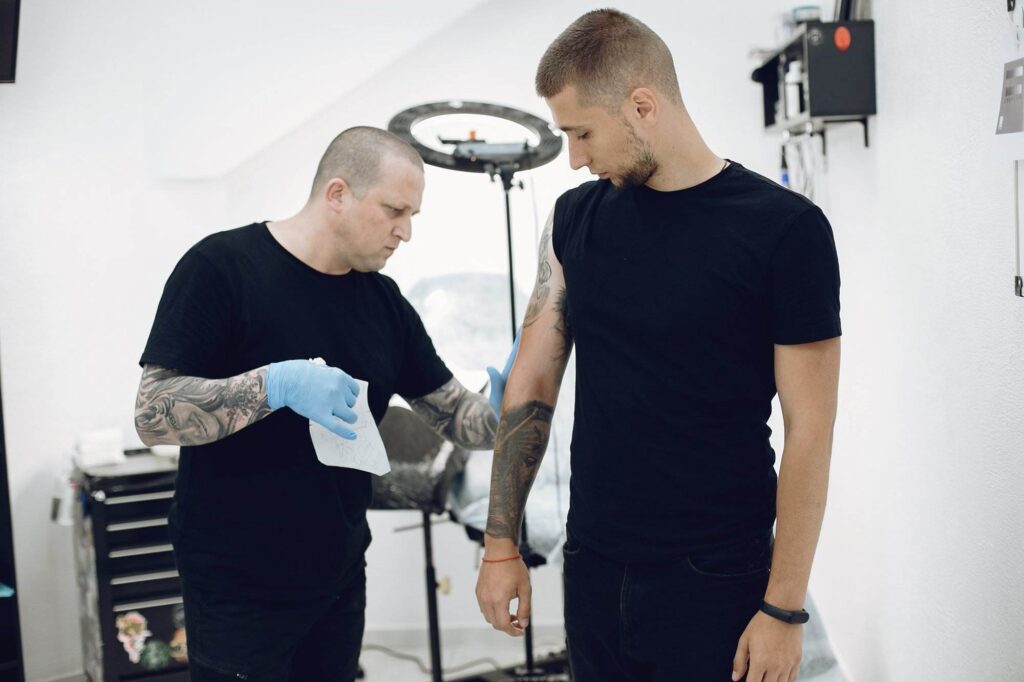
4. Treatment: During the session, the practitioner targets the tattoo with the laser. Patients often describe the sensation as similar to a rubber band snapping against the skin.
5. Cooling and Aftercare: After the treatment, cooling techniques are applied to soothe the skin, followed by instructions for aftercare to ensure proper healing.
Each of these steps is designed to maximize safety and efficacy while minimizing discomfort. Understanding this process prepares individuals for what to expect, ultimately leading to a more informed decision regarding tattoo removal.
Importance of Consultation Before Treatment
Preparing for Your Initial Appointment
Before undergoing laser tattoo removal, the consultation stage is vital. This is your opportunity to understand the procedure, learn about the technologies used, and ensure you are a suitable candidate for treatment. To make the most of your initial appointment, consider the following preparations:
- Gather Information: Bring any medical records, particularly concerning your skin type or existing conditions. Knowledge about your health can guide proper treatment decisions.
- List Your Tattoos: Prepare a list of the tattoos you wish to remove, including details like how long you’ve had them and their colors. This helps the practitioner assess the best approach.
- Research: Familiarize yourself with laser tattoo removal by reviewing reputable sources. This knowledge will allow you to ask informed questions during your appointment.
Discussing Expectations and Potential Results
One of the most crucial aspects of the consultation is discussing your expectations. Open communication with the practitioner can greatly influence the outcome of your treatment.
- Realistic Goals: Discuss what you wish to achieve. While some tattoos can be fully removed, others may only fade significantly. Understanding potential limitations will prepare you mentally for the journey ahead.
- Results Timeline: Every tattoo removal journey is different. Discuss how many sessions you might need, the intervals between treatments, and when you can expect to see results.
- Risks and Considerations: Ensure you understand the possible side effects and any risks involved. Each skin type reacts differently, and being informed helps in setting realistic expectations.
By the end of the consultation, you should feel well-prepared and confident about the upcoming laser tattoo removal process. This initial conversation not only helps clarify the practicalities involved but also fosters a partnership between you and your practitioner, making the entire experience more comfortable and reassuring.

What to Expect During the Treatment
Pain Management Techniques
Many individuals considering laser tattoo removal often express concern about the potential discomfort during the procedure. However, practitioners are prepared with various pain management techniques designed to enhance comfort throughout the treatment.
- Topical Anesthetics: Before the procedure begins, a numbing cream may be applied to the tattooed area. This topical anesthetic takes effect within about 30 minutes, significantly reducing sensation during treatment.
- Cooling Devices: Many facilities use specialized cooling devices that blow cold air onto the skin. This not only soothes the area but can also prevent the heat generated by the laser from causing discomfort.
- Pain Relief Options: If necessary, some practitioners may recommend over-the-counter pain relievers that you can take before the appointment. Always discuss this with your practitioner to ensure safe use.
Every patient’s pain tolerance is different, so communicating your comfort levels during the session is key. Practitioners are accustomed to adjusting their methods based on this feedback.
Duration of the Procedure
Understanding the duration of the laser tattoo removal procedure can help set expectations and alleviate anxiety. The time required for each session can vary considerably based on several factors:
- Tattoo Size and Complexity: Generally, small tattoos may take about 10 to 15 minutes, while larger, intricate designs could require 30 minutes or more.
- Laser Type: The type of laser used can also impact the duration. Picosecond lasers, for instance, may allow for quicker sessions due to their efficiency in breaking down ink particles.
- Session Frequency: On average, patients may need multiple sessions spaced out over 6 to 8 weeks, depending on the tattoo’s characteristics and individual healing response.
Being aware of these factors can help patients grasp what to expect during the treatment process. Overall, laser tattoo removal is designed to occur efficiently while prioritizing patient comfort, resulting in effective and gradual ink fading.
Aftercare Tips for Optimal Healing
Managing Skin Sensitivity
After undergoing laser tattoo removal, it’s essential to focus on aftercare to support optimal healing. Some patients may experience redness, swelling, or sensitivity in the treated area, which is perfectly normal. Here are some practical tips to manage skin sensitivity effectively:
- Keep it Clean: Gently cleanse the treated area with a mild soap and lukewarm water. Avoid using any harsh scrubs or exfoliants that can irritate the skin.
- Moisturize: Applying a fragrance-free, hypoallergenic moisturizer can help soothe the skin and prevent dryness. Look for products rich in aloe vera or vitamin E for added benefits.
- Cold Compress: For any swelling or discomfort, a cold compress can be applied to the area for short intervals. This can alleviate discomfort and reduce inflammation, making the recovery process smoother.
- Avoid Picking: As the treated area heals, patients may notice scabbing or peeling. It is crucial to resist the urge to pick or scratch, as this could lead to potential scarring or infection.
Avoiding Sun Exposure
Sun protection is crucial in the healing process following laser tattoo removal. Sun exposure can hinder healing and may affect the results of the treatment. Here’s how to protect your skin:
- Stay Out of the Sun: For at least two weeks post-treatment, try to avoid direct sun exposure on the treated area. If possible, limit outdoor activities during peak sunlight hours.
- Use Sunscreen: If you need to be outdoors, apply a broad-spectrum sunscreen with a high SPF (30 or above) to the area starting immediately after the treatment. This helps in shielding the skin from harmful UV rays.
- Wear Protective Clothing: Consider wearing loose clothing over the treated area. This can provide a physical barrier against sunlight and prevent irritation from fabric rubbing against sensitive skin.
Practicing these aftercare techniques will not only aid in the healing process but also contribute to the effectiveness of laser tattoo removal, allowing individuals to achieve the best possible results. Remember, your skin’s healing is as critical as the treatment itself!
Potential Risks and Side Effects
Common Temporary Effects
As with any cosmetic procedure, laser tattoo removal comes with its set of risks and side effects. Understanding these can help manage expectations and prepare individuals for the healing process. After treatment, some common temporary effects you might experience include:
- Redness and Swelling: It’s quite normal for the treated area to appear red and swollen immediately after the procedure. This reaction is typically mild and subsides within a few hours to a couple of days.
- Sensitivity and Tingling: Many patients report a sensation similar to a sunburn in the days following treatment. This tingling sensation usually fades as the skin heals.
- Blistering: In some cases, blisters may form in the days following treatment. While they can be alarming, they are a normal part of the healing process. It’s important to allow them to heal and not pick at them.
- Hyperpigmentation or Hypopigmentation: Changes in skin color, such as darkening or lightening of the skin, can occur, especially in individuals with darker skin tones. This is usually temporary and will often return to normal over time.
These effects are common and generally resolve without intervention, but proper aftercare is crucial to minimize discomfort and potential complications.
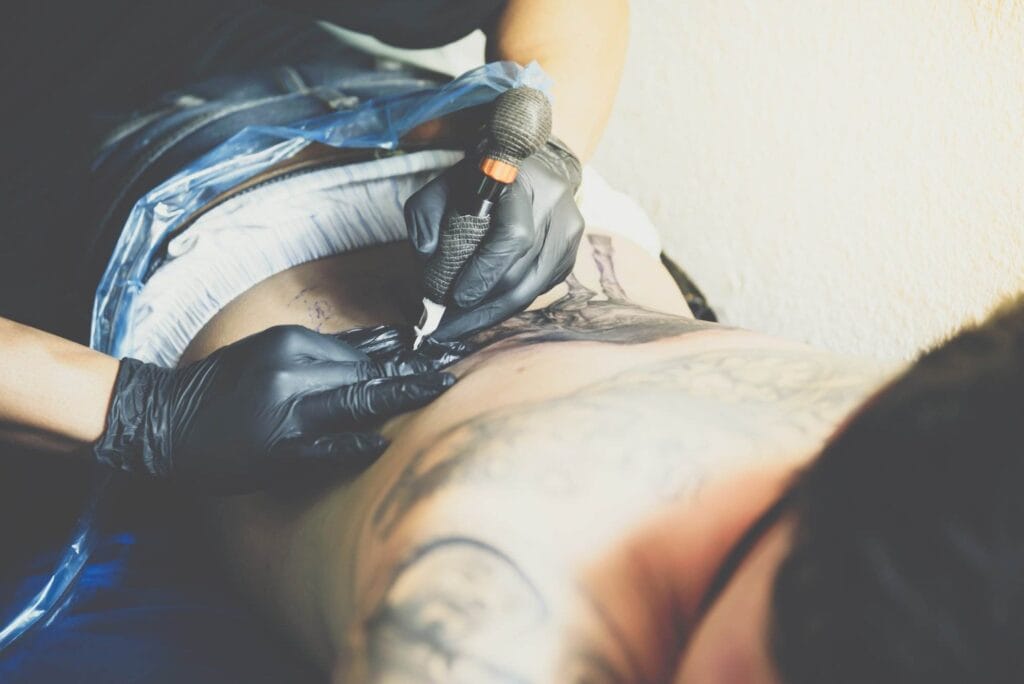
Rare but Possible Complications
Though serious complications from laser tattoo removal are uncommon, it’s important to be aware of the possibilities to ensure informed decision-making. Some rare but possible complications include:
- Scarring: While many individuals heal without issues, there’s a slight risk of scarring, particularly if the skin is improperly cared for post-treatment.
- Infection: Any time the skin is treated, there is a risk of infection. Following aftercare guidelines can minimize this risk significantly.
- Allergic Reactions: Though not very common, some individuals may experience allergic reactions to topical anesthetics or moisturizing creams used during the healing process. It’s essential to communicate any known allergies to your practitioner beforehand.
- Persistent Hyperpigmentation or Hypopigmentation: For some, changes in skin pigmentation may be more long-lasting, which can be a concern for individuals seeking an even skin tone.
Being aware of these potential risks empowers individuals to engage in proactive discussions with their practitioner, ensuring the safest and most effective treatment outcome. As with any procedure, a well-informed patient is a crucial part of successful healing and satisfaction.




